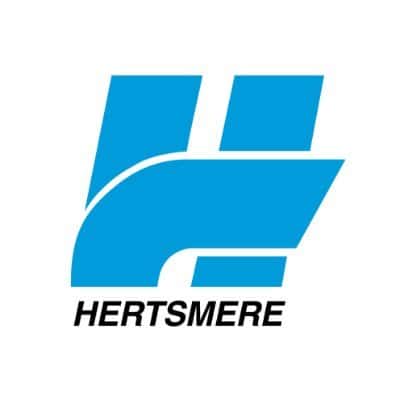Customer case study
Hertsmere Council
How Hertsmere Used Evidence to Measure Covid-19 Recovery
We no longer need to pester pedestrians to answer surveys!
- Home
- Government
- How Hertsmere Used Evidence to Measure Covid-19 Recovery
Hertsmere is the gateway to south Hertfordshire, lying across the M25 and M1 in the East of England. The Borough is largely rural, but boasts beautiful market towns and has great transport links. The council began using Huq’s place monitoring insights in June 2021 at the time when the country was coming out of the Covid-19 pandemic.
The Challenge

Hertsmere Borough Council was keen to understand how pedestrians use their local high streets, and more particularly how these places were affected by the pandemic.
We know anecdotally how our local towns have fared, but without factual evidence we had no basis on which to make decisions,” says Lesley Crisp, Principal Economic Development Officer at Hertsmere. “We had one undersubscribed survey on market performance and nothing around the town centre – so we were delighted to find that CommunityVision could supply real insights to give us the evidence we need.
The Solution
Huq’s Customer Success Manager Gemma Mariotti worked with Lesley to identify the key information that would help the Council. They agreed to focus on Hertsmere’s four main town centres:
- Borehamwood
- Bushey Heath
- Potters Bar
- Radlett
Hertsmere wanted mobility data insights to answer three key questions:
How is footfall in these four town centres recovering from the pandemic?
What are our dominant catchment areas for each town centre?
Do market days in Borehamwood have an effect on footfall in the town centre?
Huq’s place monitoring platform offers a range of modules designed to deliver mobility insights capturing how and when people use the chosen places. Using Footfall and Catchment Area Map modules, Huq provided Hertsmere with the data they needed.
Evidence answers Hertsmere’s questions
#1 How is footfall recovering from the pandemic?
Huq’s unique cloud-based platform provides historic mobility data insights which allow Hertsmere to overlay graphs tracking footfall across 2019, 2020 and 2021. These insights show clear trends in town centre recovery – including, for Bushey Heath, a dramatic increase in footfall over November and December compared to pre-pandemic levels.
#2 What are the dominant catchment areas for each town centre?
Huq’s insight platform offers catchment area maps, which represent the dominant area that town centre visitors travel from – and rarely constitutes a simple radius. The Council was able to compare Catchment Areas at different times, showing a significant increase in Radlett’s catchment area over Christmas – possibly due to key draws such as the theatre, specialist essential retail shops and a large restaurant area.
#3 Do market days in Borehamwood have a positive or negative effect on footfall?
Hertsmere used Huq insights to compare footfall on market days to other days, to identify whether they have an impact on when and how people use the towns. By comparing market days on Tuesdays and Saturdays to the Borehamwood footfall baseline (marked as 100%), we can look for patterns in the data suggesting a correlation between them. In this case, the uplift in footfall associated with market days was not significantly higher than normal.








